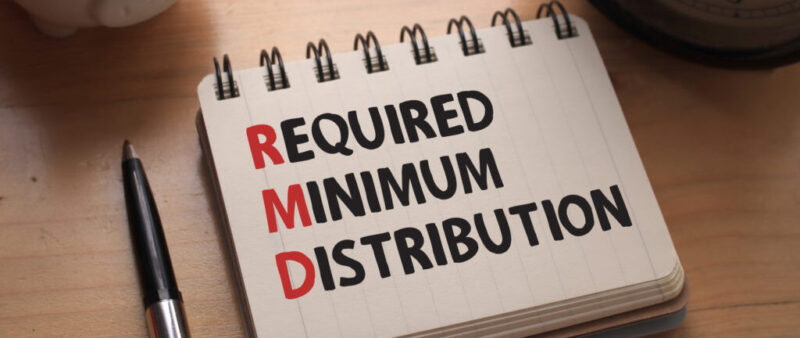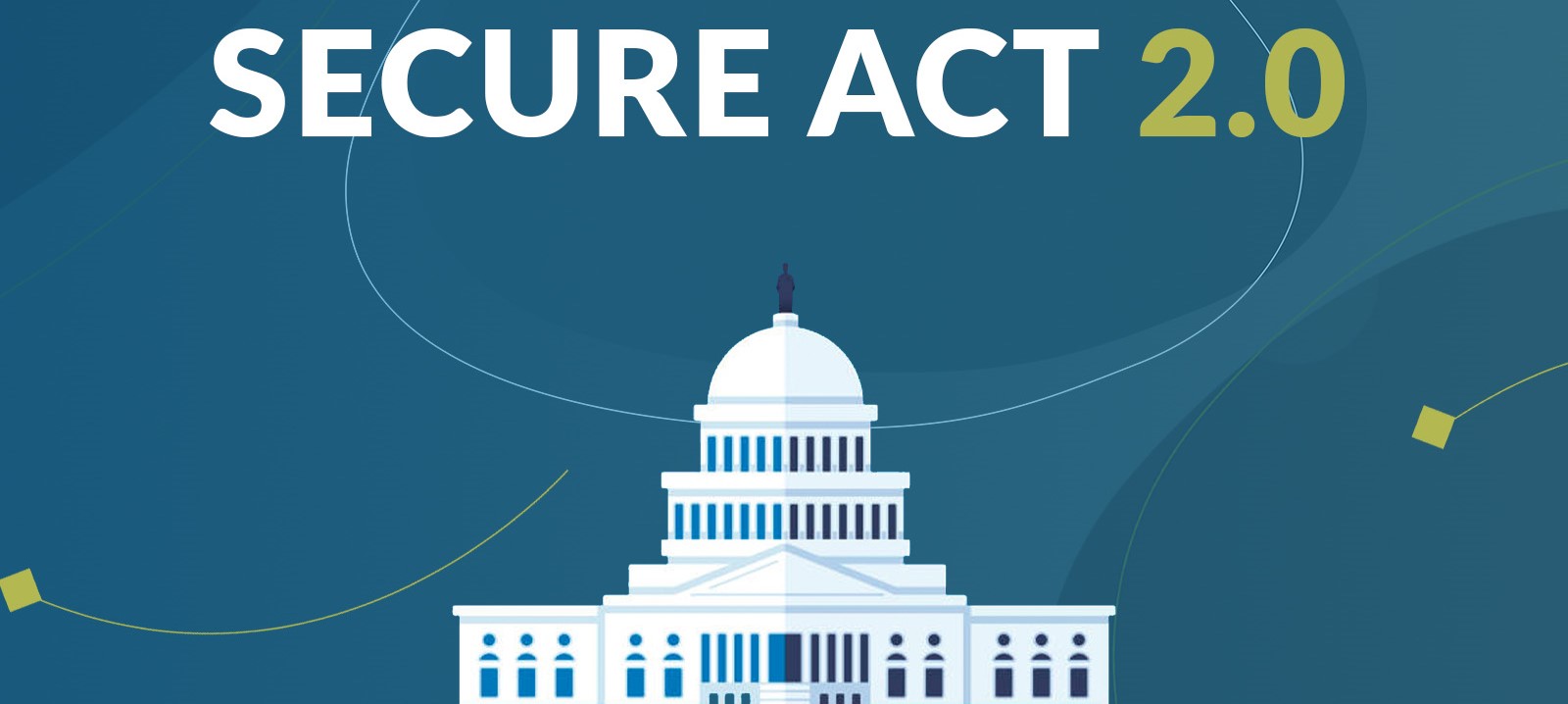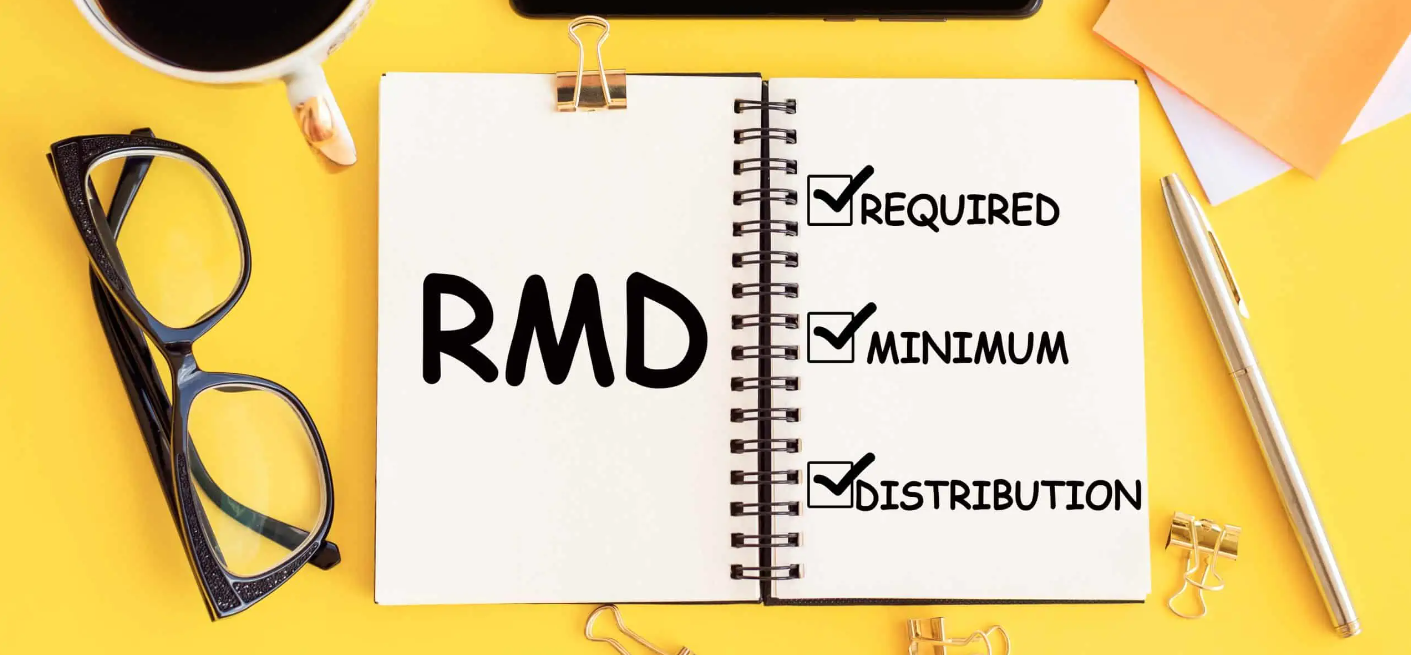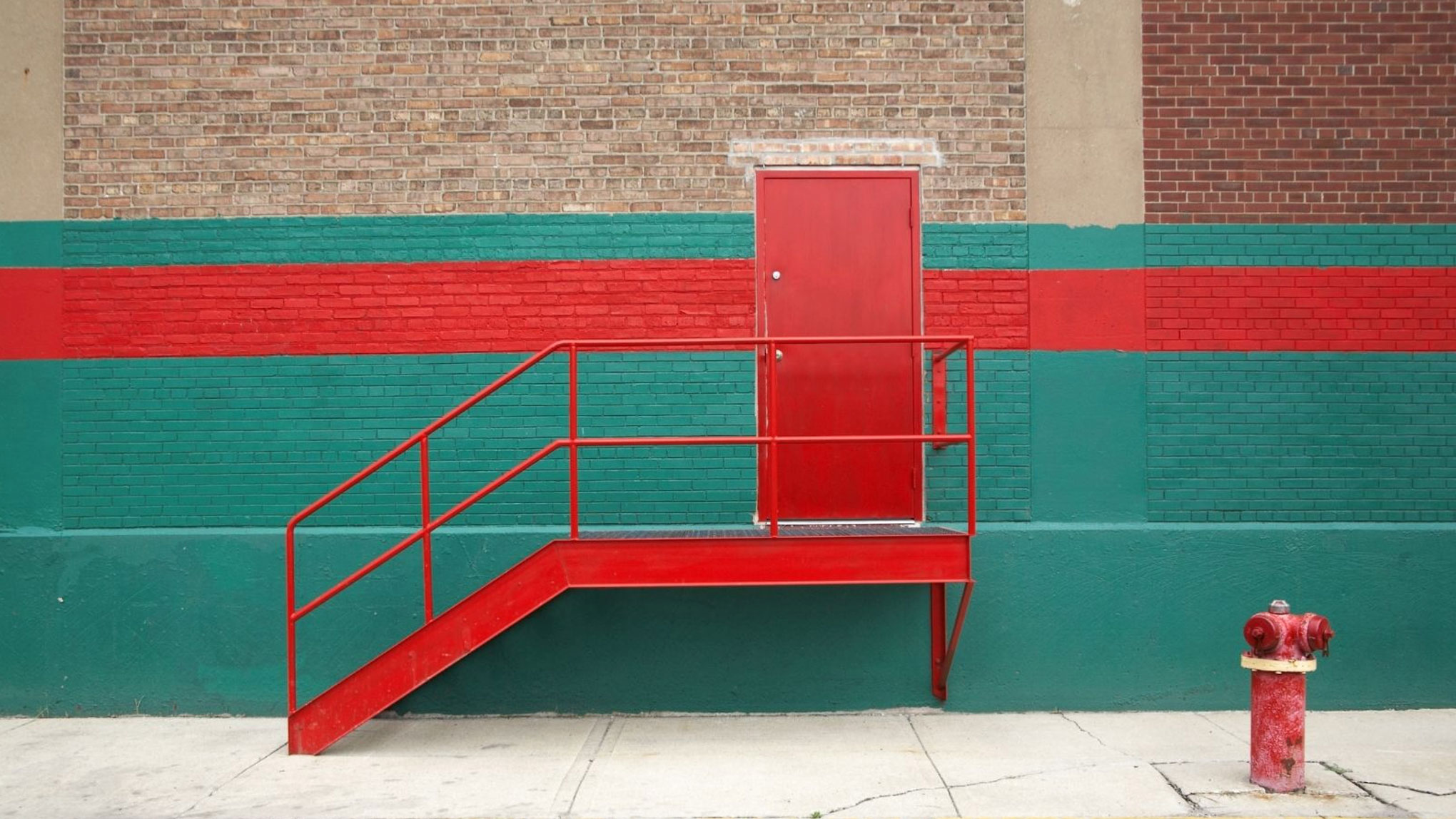Just when we thought we understood the new IRS regulations on required minimum distributions (RMD), here comes more uncertainty.
10-Year Rule
The IRS threw everyone a curveball with its interpretation of the 10-year payout rule in its proposed regulations issued on February 23. For most non-spouse beneficiaries, the SECURE Act replaces the life expectancy payout rule (also known as the “stretch IRA”) with a new 10-year rule. It is clear that the 10-year rule requires that the entire IRA account be emptied by December 31 of the 10th year following the year the IRA owner died. However, eligible designated beneficiaries or “EDBs”, can continue to use the stretch. “EDBs” include surviving spouses, children of the IRA owner under age 21, chronically ill or disabled individuals, and beneficiaries no more than 10 years younger than the IRA owner
The IRS curveball is that, if the IRA owner died on or after his required beginning date (“RBD”), there is an additional RMD requirement for non-eligible designated beneficiaries. In that situation, the non-EDB must receive the entire account within 10 years in addition to annual RMDs in years 1-9 of the 10-year period. The RBD for IRA owners born on or after July 1, 1949, is April 1 of the year following the year they turn age 72. (This RMD requirement never applies to Roth IRA beneficiaries.)
“At Least as Rapidly Rule”
The IRS justified this result by citing the “at least as rapidly rule.” This rule says that once the IRA owner begins taking RMDs, RMDs must continue to be taken by a non-EDB after the owner’s death. This would seem to mean that if the IRA owner died before his RBD, the 10-year emptying rule still applies. However, the annual RMD rule in years 1 – 9 does not apply. Well, maybe or maybe not.
An example suggests there is one situation where both rules apply to a non-EDB even if the IRA owner died before his RBD. That would be if a child under 21 inherits an IRA. As an EDB, that child can stretch RMDs until she turns 21. At that point, the child becomes a non-EDB subject to the 10-year emptying rule. The example suggests that the child would also have to continue annual RMDs during the 10-year period. How can that be if the IRA owner died before his RBD?
The apparent rationale is that the “at least as rapidly rule” requires the child to continue RMDs, since already taking them through age 21. (The same rationale would apparently require annual RMDs for a beneficiary of an EDB — a “successor beneficiary” – when the original IRA owner died before his RBD.)
However, not everyone agrees with this interpretation of the regulations. We hope the IRS will clear up this ambiguity when it finalizes the RMD regulations.
By Ian Berger, JD
IRA Analyst











